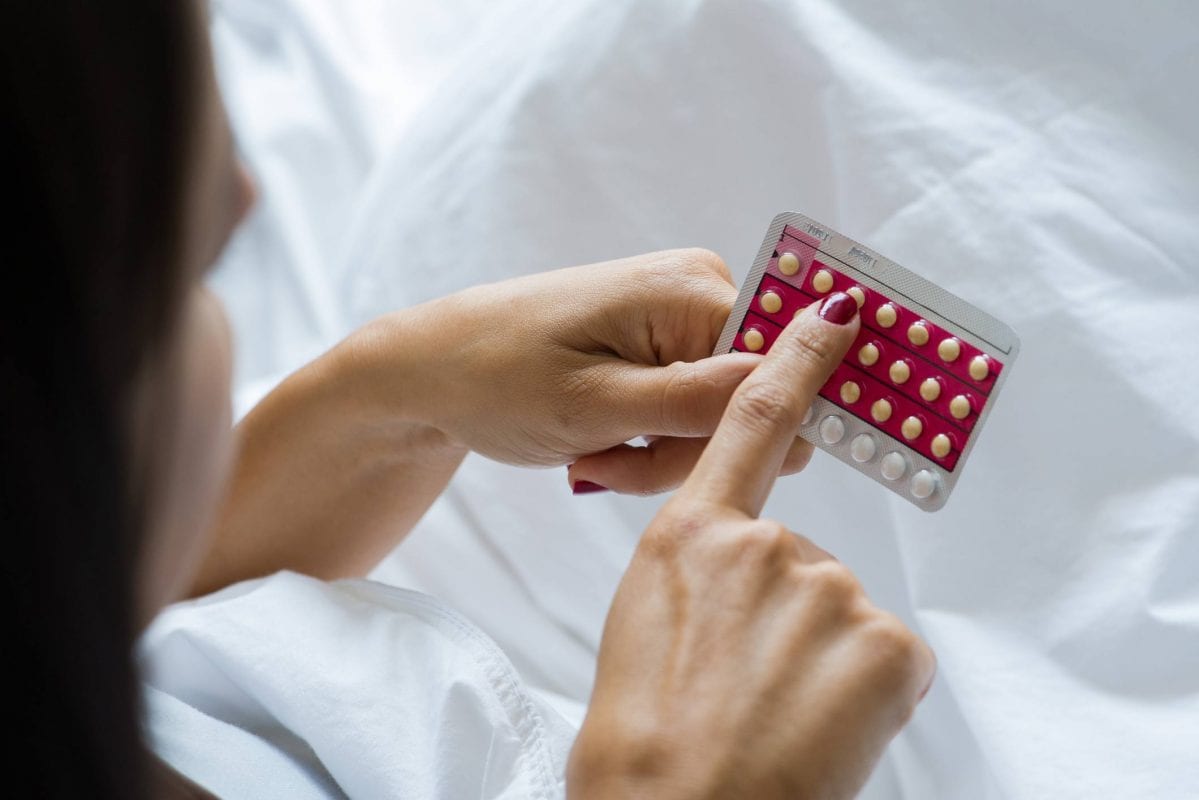The mini contraceptive pill is often referred to as the progestin-only pill, or POP. It is a contraceptive pill that comes in the form of a tablet and is meant to prevent pregnancy and works much like a regular birth control pill. It has a very low dose of a synthetic hormone that mimics progesterone. The pill is very popular among women due to its effectiveness. It is unlike many other birth control pills in that it doesn’t contain estrogen.
If you’re interested in taking birth control, you’ll definitely want to research your options. Keep reading to learn more about the mini contraceptive pill, including how it works, any side effects, and why you might want to consider using it as your primary form of birth control.
How Does the Mini Contraceptive Pill Work?
POP works by thickening the mucus that builds up in the lower part of the uterus, both in the vagina and cervix. Because of this thick mucus, it becomes difficult for sperm to enter through the uterus and fertilize an egg. With no fertilization comes no pregnancy. To enhance its effectiveness, POP also makes the lining on your womb very thin. This means even if an egg was to make its way through the entrance of the uterus, it will have an extremely difficult time implanting itself. Once again, this means no pregnancy.
Furthermore, in many women, POP minimizes the number of eggs released from the ovaries. You should not rely on POP to work as a reliable form of ovulation suppression, as it is not known to greatly reduce ovulation. In some women, it does not suppress ovulation at all.
Brand Names of POP
POP comes under various brand names, including:
●Nor-Q.D.
●Heather
●Errin
●Micronor
●Ovrette
How Effective Is the Mini Contraceptive Pill?
The effectiveness of POP is measured in two ways: According to perfect use and typical use.
POP is perfectly used when it is taken exactly as instructed by a woman’s doctor. In those who perfectly use POP, its failure rate is right at 1 percent. This means out of 100 women who use the pill perfectly, about one of them will become pregnant within a year of perfectly using the pill.
Typical use is when a woman doesn’t take POP exactly as prescribed. Most women fall into this category simply because life happens. They forget to take the pill one day or can’t make it back to the doctor in time to get a refill, therefore they miss one or more days of taking POP. In those who fall into this category, the failure rate is between 8 to 9 percent.
Also noteworthy is that POP tends to be more effective in older women when compared to younger women who are more fertile.
Side Effects of POP
●Spotting or vaginal bleeding
●Possible mood changes
●Nausea
●Breast tenderness
●Bloating
●Increased or decreased sex drive
●Headaches
●Acne
POP is available only by prescription. If you are interested in taking POP, visit your doctor today. After assessing your medical history, your doctor can tell you if POP is a good fit for you.








